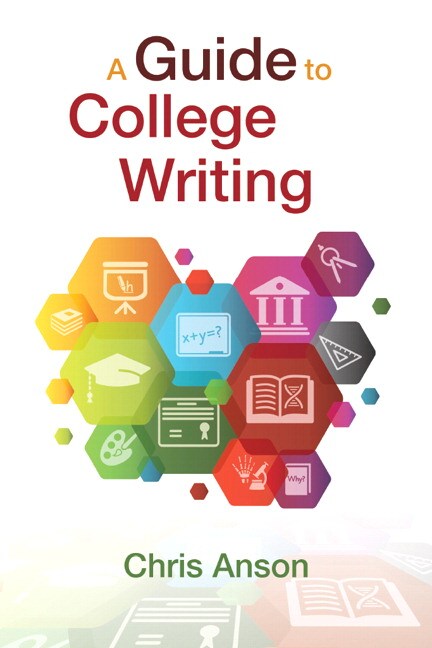
30.00$
Table of Contents
Introduction
Writing to Learn, Learning to Write
Why This Book?
What’s In This Book
1. Writing Across the Curriculum—and Why You Should Care
Writing in College
Writing Across the Curriculum and in the Disciplines
Encountering New Writing Contexts
Meta-Knowledge
Working in Different Communities of Practice
Teachers’ Use of the Instructional Design Model
Putting It into Practice
2. Low-Stakes Writing and Why Should You Take It Seriously
What Is Writing to Learn?
Low Stakes and High Stakes Writing
Academic Journals or Learning Blogs
How to Use Academic Journals or Learning Blogs
Forums and Dialogues
Putting It into Practice
3. Microthemes and Why They’re So Powerful as Tools for Learning
What’s a Microtheme?
Unpacking the Microtheme and Other Short Assignments
What’s the Form?
What’s the Purpose or Goal?
What’s the Level of Formality?
Who’s the Audience?
The “Structure of Activity”
Critical Thinking
It All Starts with Facts: The Power of Description
Taking Things Apart: Analysis
Putting It All Together: Synthesis
Reaching Informed Judgments: Evaluation
What Does It Mean?: Interpretation
Varieties of Microthemes
Putting It into Practice
4. Higher-Stakes Projects: Getting from Ideas to Text
What Changes with Larger and Higher-Stakes Projects?
What’s Transfer, and Why Practice It?
What About Far-Transfer Situations?
Exploring Your Subject
Finding the Heart of the Matter: The Thesis
Looking for Organizational Patterns
Don’t Sweat the Small Stuff: Creating a Rough Draft
Putting It Into Practice
5. It’s All About Revision
What Does Revision Really Mean?
Revising Using Yourself as Reader
Top-Down Revision: Content
Structure
Introductions and Conclusions
Spit and Polish
A Grain of Salt
Revising Using Your Peers as Readers
What’s Peer Review?
How to Get and Give Feedback Face to Face
How to Get and Give Feedback Digitally
Oral Response
Revising Using your Teacher as Reader
Revising with the Help of a Tutor
Getting the Most from Evaluation Criteria
Getting the Most from Online Resources
Putting It into Practice
6. In Search of Research
It All Starts With a Question
Finding the Best Sources and Getting the Most From Them
The Promise and Perils of Research
Background Reading (Learning the Waters)
Locating the Most Useful Sources (the Treacheries of the Internet)
Thinking About Your Subject Headings (Deciding Where to Fish)
From Subject Headings to Working Bibliography (Casting Your Net)
Reading Like a Researcher (Examining What You’ve Netted)
Primary vs. Secondary Research
Defining Your Question
Keeping a Log
Reflecting and Analyzing
Writing the Research-Based Paper
The “Default” Audience
Using Your Sources in Your Paper
Summary, Paraphrase, and Quotation
A Few Matters of Form
Documentation (Another Exciting Page or Two)
Putting It into Practice
7. The Comparative Anatomy of Texts and Contexts
Species of Writing
Basic Anatomy: A Guide
Rhetorical Environments
Dissecting a Text
Two Rhetorical Dissections
Putting It into Practice
Appendix: Definitions of Key Concepts
Index
***THIS IS NOT THE ACTUAL BOOK. YOU ARE BUYING the Test Bank in e-version of the following book***
Guide to College Writing, A PDF Manual Solutions , PDF Guide to College Writing, A , Fast Download Guide to College Writing, A , Chris M. Anson, North Carolina State University,Category : Higher Education

0 commentaires:
Enregistrer un commentaire